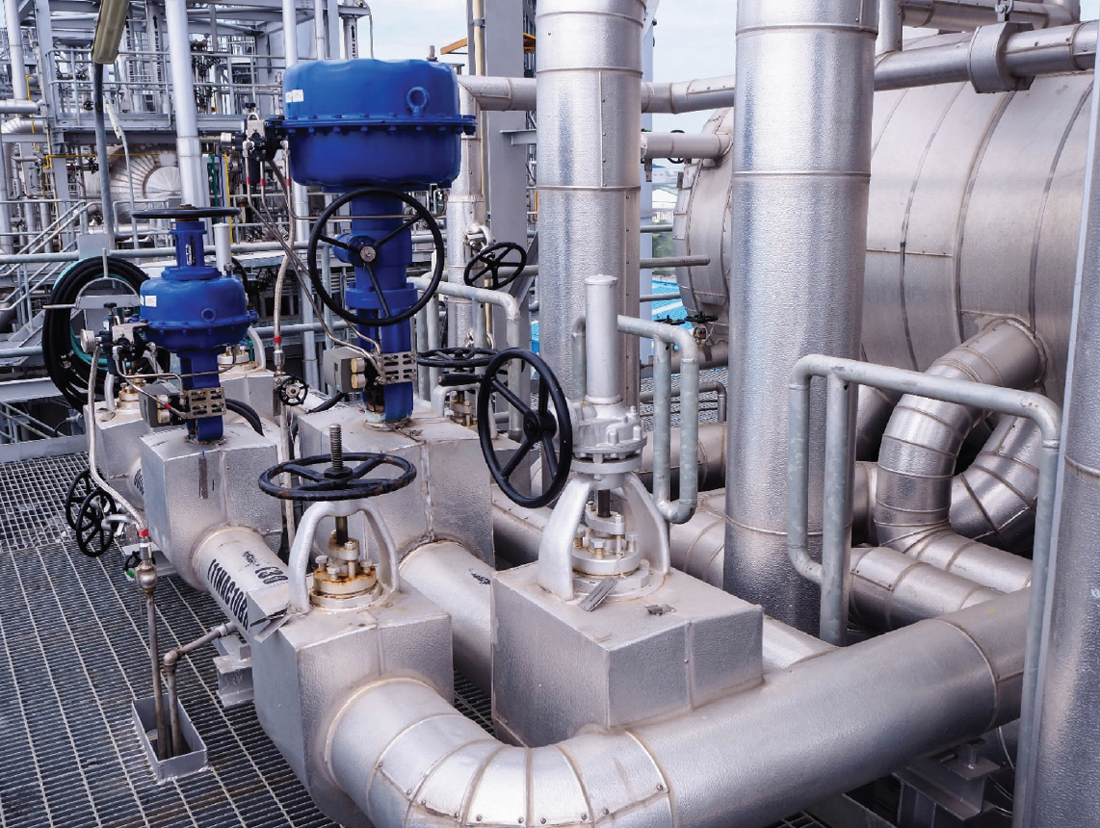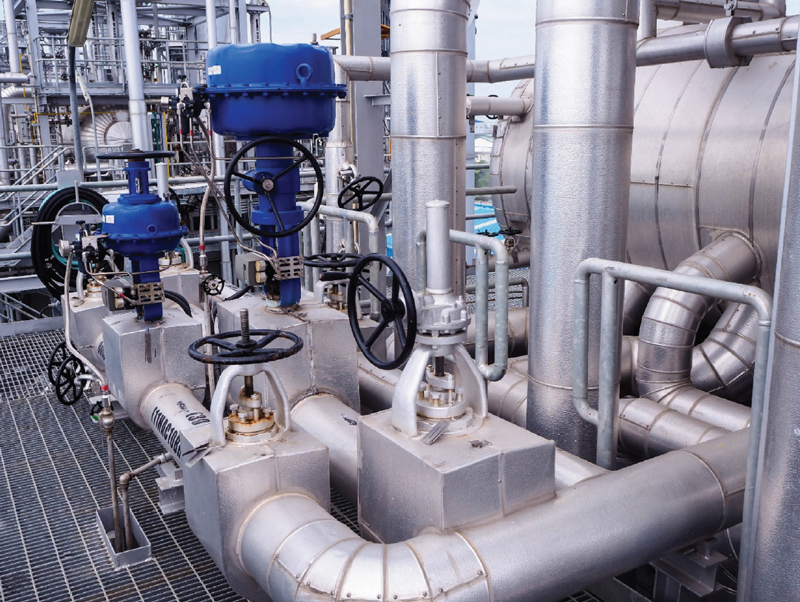
By Hans D. Baumann
Control valves had their heydays in the 1960s. Valve types designed in this decade account for around 80 per cent of all control valves sold today. There has been a noticeable lack of basic research, R&D and new product development within the industry. Yet, control valves play a vital role in automated process control and as such deserve more attention.
However, there is a silver lining to every cloud. There are two areas of important advancements concerning control valves to upgrade such public understanding and, at the same time, improve the economic outlook of this industry.
First of all, there is the issue of improved valve selection. One can add value by informing a prospective valve customer in addition to proper sizing the expected sound and vibration levels under diverse operating conditions, and predicting the chances of cavitation1 in order to reduce future maintenance problems.
Also, tell the customer the expected gain of valve and positioner under various flow rates in order to help stabilize control loops. The estimating methods to predict sound level2, vibration3, and gain4 are known and published. All this information can be integrated in an advanced software package.
More efficient process
Secondly, there is the issue of saving energy, thereby reducing the carbon footprint of manufacturing processes. Saving pump horse power and compressor energy should be commendable efforts in this age of “green” living.
Bear in mind that all control functions of valves are essentially to modulate fluid flow. By utilizing the phenomena of pressure recovery, much potential energy (pressure) is saved from converting pressure drop, via turbulence, into heat. The big advantage of high recovery valves are, once choked flow is reached, then with a constant inlet pressure and a given valve travel, the flowing quantity remains constant regardless of down-stream pressure variations. This inherently makes for a constant flow regulator. Choked flow occurs if a pressure drop of (P1-Pv) x FL2 for liquids, and P1 x 0.5 x FL2 for gases is reached.
On an author designed HRV (see photo above), tests at the flow laboratories of the University
of Utah confirmed that once low-pressure drop initiates choked flow, the flowing quantities of water remained exactly identical despite outlet pressures varying from 84 per cent of P1 down to atmospheric pressure. These results were also obtained at all different travel positions. During all tests, no cavitation noise was observed.


